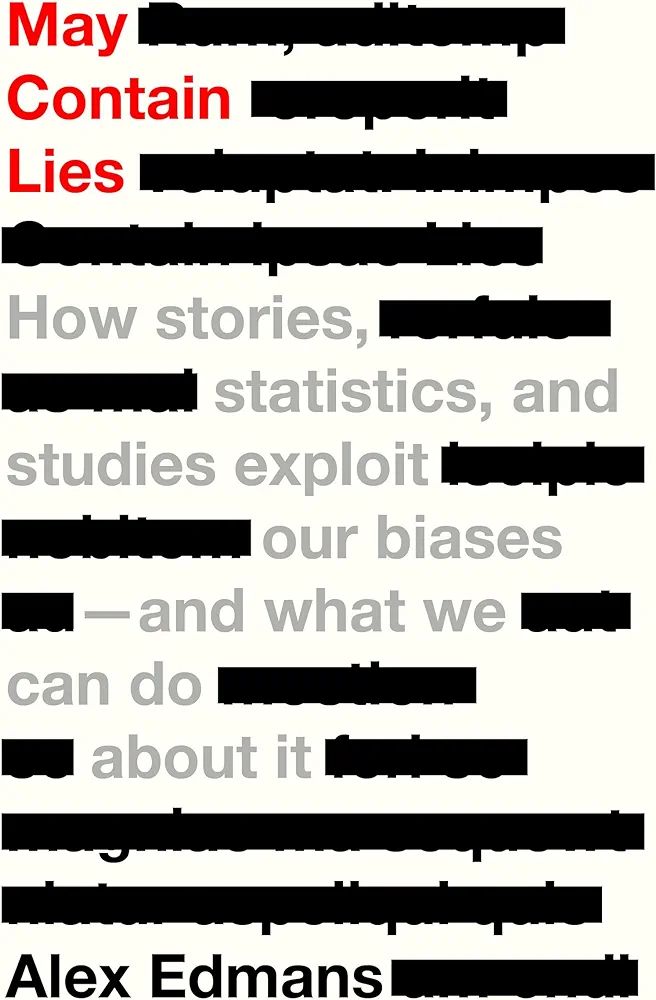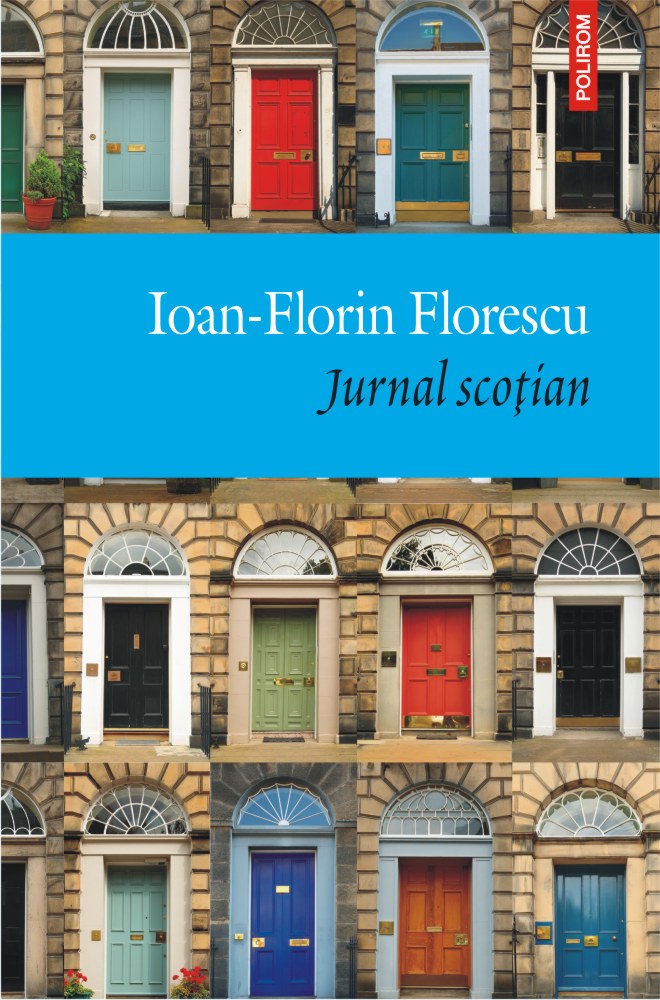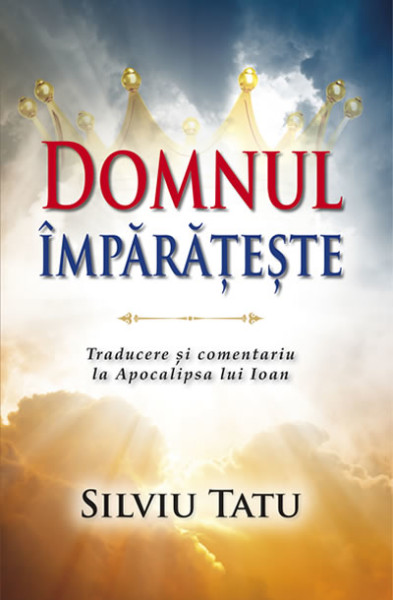Short summary of May Contain Lies: How Stories, Statistics, and Studies Exploit Our Biases―And What We Can Do about It
Version 1 by structure
Introduction:
The introduction sets up the key theme of the book – that we are often misled by information and prone to poor decision making due to cognitive biases. It discusses an episode from the author’s experience where a government report misrepresented evidence he had provided, suggesting that even supposedly reliable sources of information can contain inaccuracies or misrepresentations. The introduction emphasizes the importance of separating myth from reality, and understanding when claims are truly supported by evidence versus when they are not. It notes that while regulation aims to curb misinformation, individuals also need to learn how to critically evaluate information themselves. The goal of the book is to provide a practical guide to distinguish between truth and falsehood, focusing on topics like how decisions are made, what makes “data,” and how to identify misleading arguments.
Part I: The Biases
Chapter 1: Confirmation Bias
Chapter 1 explores the concept of confirmation bias. It discusses how people tend to more easily accept claims that support their preexisting beliefs and downplay evidence that contradicts those beliefs. The example of Belle Gibson, who falsely claimed to have cured her cancer through diet and lifestyle changes, is discussed in depth. The chapter notes how Gibson’s story became widely believed due to confirmation bias, and how fact checking is not sufficient on its own to overcome cognitive biases. It also discusses other examples like homeopathy and clean eating diets that prey on similar biases by providing stories that resonate with people’s values rather than being grounded in evidence. The chapter emphasizes that biases influence us even when we have seen the facts, preventing impartial interpretation of information, and can also affect groups and institutions through phenomena like “belief polarization.”
Chapter 2: Black-and-White Thinking
Chapter 2 explores the concept of black-and-white thinking. It discusses how people tend to see things in binary terms rather than appreciating nuance or complexity. Examples like dietary guidelines, weight training practices, and musical theory are given where black-and-white thinking leads to oversimplification. Evolutionary reasons for binary thinking are discussed, relating back to challenges faced by early humans. The large success of the Atkins diet is analyzed as another example that played into black-and-white thinking aboutmacronutrients. The chapter distinguishes ways the world can be moderate, granular, or marbled rather than strictly black versus white. It provides evidence from studies on how people ignore these richer concepts.
Part II: The Problems
Chapter 3: A Statement is Not a Fact
Chapter 3 begins Part II’s discussion of specific problems that arise due to cognitive biases. It emphasizes that people often uncritically accept statements as facts without thoroughly checking their veracity. Examples are provided where statements were misreported, including a government inquiry that misrepresented the author’s own submitted evidence. Other issues discussed include selective quotes taken out of context, graphical misrepresentations, and completely made up statements presented without evidence. Practical ways to evaluate the veracity of statements are recommended, including checking sources, context, and alternative explanations.
Chapter 4: A Fact is Not Data
Chapter 4 explains that while a statement properly backed by facts addresses the first problem, facts alone do not constitute data. Even true facts can be misleading if not representative. The concept of selective sampling is explored through examples of personal investing anecdotes and case studies of successful companies. The need for control groups and statistical significance is emphasized.
Biases that can lead to misinterpretation of single facts are also examined.
Chapter 5: Data is Not Evidence – Data Mining
Chapter 5 begins discussing the distinction between data and evidence. It introduces the concept of data mining, where researchers have flexibility to keep testing until they find significant results, even if by chance alone. Examples are given of sentiment studies, investment bank league tables prepared for pitches, and company diversity research. The need for pre-specifying hypotheses, representative samples, controlled groups, and out-of-sample validation is stressed to distinguish data from true evidence.
Chapter 6: Data is Not Evidence – Causation
Chapter 6 further expands on the inability of data alone to prove causality. Even if a relationship is found to be statistically significant, it may not mean one factor caused the other. The common problem of confusing correlation with causation is discussed. Studies that imply causation from single or selected samples are critiqued. The chapter recommends considering alternative explanations for relationships and assessing whether the underlying mechanism for a hypothesized causality seems plausible.
Chapter 7: When Data is Evidence
Chapter 7 notes that while data alone does not constitute evidence, in some cases studies can provide evidence if conducted properly, by following the scientific method. It reiterates the steps needed, including formulating a hypothesis, collecting representative and control samples, calculating differences systematically, and testing results out-of-sample. An example of a football study conducted by the author using such methods is described in depth. The chapter emphasizes that evidence should change beliefs proportionately, rather than causing one to switch totally between opposing viewpoints.
Chapter 8: Evidence is Not Proof
Chapter 8 acknowledges that even strong evidence from properly conducted studies does not amount to proof. Statistical significance simply means an association is unlikely to be random – it does not prove causality definitively. The author’s study on how football match outcomes affect stock markets is used as an example. While the results were statistically significant both in-sample and out-of-sample, chance occurrences cannot be entirely ruled out even with large samples and long periods of data. The chapter differentiates between evidence supporting a hypothesis versus proving it to be certain. It also notes that new evidence can emerge that modifies scientific consensus over time.
Part III: The Solutions
Chapter 9: Thinking Smarter as Individuals
Chapter 9 begins discussing solutions for how to think more critically as individuals. It recommends assessing information based on the questions laid out in previous chapters, like whether the conclusion is supported by facts, data, and evidence rather than just appearing consistent with our biases. The need for prudence versus dismissing everything is discussed. A multi-stage checklist for systematically evaluating claims touching on statements, facts, data and evidence is provided in the Appendix. Simple steps anyone can take when reading research are stressed, like considering alternative hypotheses, samples, and measures that aren’t discussed.
Chapter 10: Creating Organizations that Think Smarter
Chapter 10 explores how to structure organizations, teams and institutions to make better decisions. It argues for subjecting all viewpoints, even strongly held ones, to challenge and playing devil’s advocate. The need to avoid groupthink and seek out dissenting opinions is emphasized. Different techniques for enhancing discussion, debate and independent thinking in groups are proposed. Incorporating internal referees to check for cognitive biases or motivated reasoning is suggested. Ensuring diversity of backgrounds in decision making bodies is also recommended.
Chapter 11: Creating Societies that Think Smarter
Chapter 11 discusses society-level solutions. It notes the important role of education in teaching critical thinking skills. Improving the incentives around information to reduce tendencies to overclaim or selectively report evidence is discussed. Reducing polarization and “Us vs. Them” divisions in issues is advocated for. Ensuring separation of content generation from curation tasks is suggested as a way platforms could help. The chapter emphasizes citizens also having responsibility for their own evaluation of claims they encounter and spreading debunkings of misinformation. Overall societal change toward valuing impartial truth over expedient falsehoods is posited as an ongoing goal.
Conclusion
In conclusion, the book has aimed to provide individuals with practical steps to distinguish between truth and falsehood rather than act on first impressions, biases or convenience alone. It argues that data should not be uncritically accepted just because it is available, and cautions against jumping to conclusions without sufficient evidence. The narrative fallacy and other cognitive limitations are shown to mislead even well-meaning researchers and policymakers. By learning to identify flaws in both our own and others’ reasoning, and create environments conducive to neutral fact-finding, the book argues we can make progress on separating myth from reality on important issues.
Version 2 by key ideas
- Confirmation Bias
Confirmation bias is the tendency to more easily accept claims that align with our preexisting beliefs and ignore or rationalize away evidence that contradicts those beliefs. This is one of the most pervasive and damaging cognitive biases, as it causes us to interpret information through a biased lens and prevents impartial evaluation of facts. Examples like Belle Gibson exploiting this bias by fabricating a story cancer patients wanted to believe in due to resonating with values of empowerment and self-determination are used to illustrate how confirmation bias allows falsehoods to spread widely. It is suggested that combating confirmation bias requires consciously seeking out opposing viewpoints and alternative explanations rather than just information reinforcing what we already think.
- Black-and-White Thinking
Black-and-white thinking refers to viewing issues in binary terms rather than appreciating nuance, complexity, or uncertainty. It is proposed that this cognitive style predisposes us towards claims or policies portrayed as unambiguously positive rather than those acknowledging trade-offs or complex realities. Evolutionary reasons for the development of binary thinking and its role in past survival scenarios are discussed. However, it is argued that in today’s world, black-and-white thinking often leads to oversimplification and poor decision-making when applied to multifaceted problems. Examples like the Atkins diet exploiting this bias by framing macronutrients in absolutist terms are provided.
- Statements are Not Facts
A key problem discussed is how people uncritically accept statements as facts without verification. It is noted this occurs even for supposedly reliable sources and is exacerbated by cognitive biases. Techniques used to misrepresent statements through selective quoting, graphical distortions, made-up claims presented without evidence, or misquoting studies are examined in detail through examples. The chapter emphasizes the importance of checking facts rigorously rather than assuming a source implies accuracy. It is argued we must scrutinize whether claims have evidentiary support rather than just appearing plausible.
- Facts are Not Data
While checking facts solves the problem of inaccurate statements, facts alone are shown to not constitute data if they are not representative. The concept of selective samples, where only consistent cases are reported while contradictory ones are omitted, is discussed. It is noted that even if individual facts presented are true, they may be unrepresentative or misleading without broader context. The chapter uses anecdotes about personal investing returns, case studies of successful companies, and company diversity research to demonstrate this problem. Beyond checking accuracy, representative samples are identified as crucial for drawing valid inferences.
- Data Mining
Data mining refers to the flexibility researchers have to keep testing various specifications until obtaining significant results, even if by chance. The dangers of data mining are discussed through examples of sentiment studies, investment bank league tables constructed for client pitches, and company diversity analyses. To combat data mining, the scientific method of pre-specifying hypotheses rather than post-hoc explanations is proposed. The importance of representative test/control samples, clearly defined inputs/outputs, and out-of-sample validation is emphasized to distinguish real evidence from data dredging.
- Causation
Chapter 6 expands on how data alone does not prove causality, even when relationships appear statistically significant. The frequent conflation of correlation and causation is highlighted as a major analytical failing. Studies that imply without demonstrating causality, such as through single examples, selected groups, or lack of alternative explanations, are critiqued.
Considering plausible mechanisms and investigating alternative hypotheses is proposed as a minimum standard before arguing one factor caused another based on an association.
- Scientific Method
While cautioning data does not constitute evidence, Chapter 7 acknowledges properly conducted research can provide strong evidence. The core tenets of the scientific method – formulating hypotheses, collecting representative/controlled samples, systematically analyzing output differences, and testing persistence out-of-sample – are presented as the gold standard. An example of the author’s study relating football outcomes to financial markets following this methodology is discussed in detail. Stats significance alone is noted as insufficient, as evidence should change beliefs proportionately rather than trigger binary flips.
- Evidence is Not Proof
Chapter 8 acknowledges scientific evidence does not amount to conclusive proof, as chance cannot be entirely ruled out. Statistical significance simply indicates an association’s unlikelihood of arising randomly rather than definitively establishing causality. The author’s football study demonstrating out-of-sample persistence of effects is revisited to illustrate this point. Evidence finds the most likely explanation of present knowledge but modifying stances in light of new evidence remains an ongoing process rather than a finite endpoint.
- Individual Critical Thinking
In discussing solutions, Chapter 9 stresses capacity for independent evaluation as key for individuals. It recommends systematically assessing claims against the questions laid out in previous chapters, like factuality of statements, representativeness of examples, and rigor of methodology. Overcoming partisan instincts through open-minded questioning rather than dismissiveness is emphasized. A multi-step checklist for gauging information impartially is provided in the Appendix as a practical tool.
- Organizational Design
Chapter 10 explores structuring groups, teams and institutions to encourage dialectic. It argues that subjecting all perspectives to scrutiny rather than passively accepting dominant views leads to better decisions. Specific techniques like incorporating referees, ensuring diverse representation, probing contrary findings, and guarding against hierarchy effects that stifle disagreement are suggested. Creating processes where no idea enjoys privileged treatment is deemed important for organizational rationality.
- Societal Institutions
Chapter 11 maintains that progress requires action beyond individuals and companies. It advocates improving education to inculcate impartial, evidence-based thinking skills. Reforming incentive structures where false or sensational claims may be disproportionately rewarded relative to balanced reporting is also proposed. Reducing dogmatic divisions through emphasis on shared interests and problem-solving over arbitrary political delineations is recommended. Citizens retaining individual responsibility for what they spread or ignore is posited as crucial for societal epistemology.
- Narrative Fallacy
It is shown that we are prone to derive simplistic cause-and-effect stories to explain complex realities. Even if facts are accurate, such narratives can be misleading by obscuring alternative interpretations. Authors emphasizing certain details while omitting others that don’t cohere with their explanation is critiqued. Studies analyzing only consistent cases rather than representative samples across outcomes are argued to exemplify this bias. Maintaining caution about premature storytelling rather than question-asking is advised.
- Spurious Correlations
The risk of perceiving random associations as meaningful links merely due to large samples, and type I errors leading to false positives arising from multiple testing, is examined. Specific examples of relationships with no plausible basis like margarine consumption tracking divorce rates are reviewed.
It is argued such unrelated co-movements demonstrate how quantity alone does not guarantee quality, and chance undermines any single positive result however many observations were utilized. This counsels humility in interpreting isolated findings.
- Representative Sampling
Ensuring sample representativeness, by avoiding handpicking to suit the investigator’s preferences, is identified as crucial for inductive reasoning. Examples that demonstrate problems with selected sampling through anecdotes about personal investing returns, case studies of exemplar companies, and restricted demographic surveys are analyzed. Gathering controls and counterfactuals where the independent variable is absent are presented as indispensable reference points. The necessity of comprehensive rather than opportunistic datasets is highlighted.
- Out-of-sample Validation
Chapter 7’s football study is revisited to emphasize how demonstrating generalization through independent validation strengthens any quantitative analysis. The risk of post-hoc storytelling to explain chance associations is reaffirmed. Subjecting hypotheses to out-of-sample tests, even when inconvenient, is advocated as an antidote to data mining or researcher degrees of freedom. Where truly representative samples were utilized, effects persisting across new instances provide provisional support by eliminating alternatives like chance or specification search. Empiricism requiring reproducibility under new conditions is underscored.
Takeaways
Here are some of the most practical things the average person can learn from this book:
First, it’s important to be aware of our natural cognitive biases like confirmation bias and black-and-white thinking. We all fall prey to interpreting information in a biased way sometimes. By understanding these common pitfalls, we can make a conscious effort to consider different views and stay open-minded.
Second, just because someone says something confidently doesn’t automatically make it true! Even if a statement comes from an authority figure or has footnotes, we should still check that it’s accurate and not misrepresenting the facts. Taking things at face value can mislead us.
Third, when someone presents an explanation for why something happened, it’s a good idea to stop and think about other possible reasons too before fully accepting their narrative. Real life is complex, so there are usually multiple factors at play.
Fourth, when reading about studies online or in the news, don’t just focus on the headline conclusions. Make sure to find out exactly what data was used in the research and if alternative views were considered too. One perspective is rarely the whole picture.
Finally, it’s important to maintain a sense of curiosity and skepticism, even about information that reinforces our existing views. Approaching new claims with openness and impartiality, rather than dismissal, can help us get closer to the truth over time.
Overall, the book provides useful guidance for thoughtfully evaluating all kinds of information we encounter. By keeping these lessons in mind, we can make well-informed decisions and have insightful discussions, even about complex topics where biases could otherwise mislead us. An open and discerning mindset is really valuable in any area of life.











You must be logged in to post a comment.